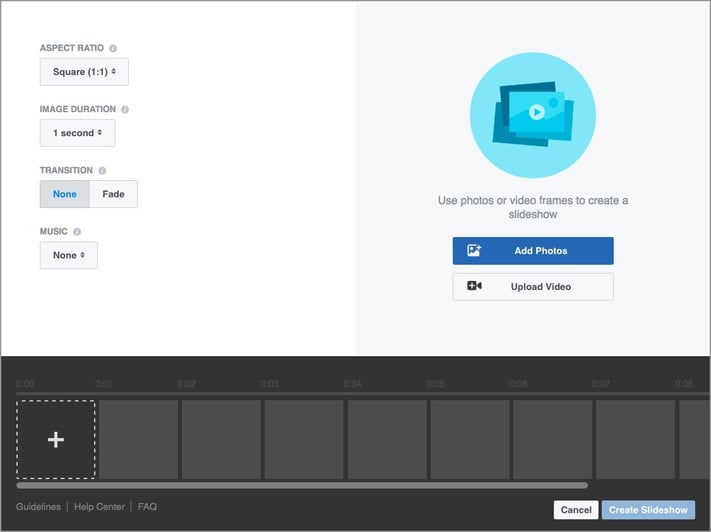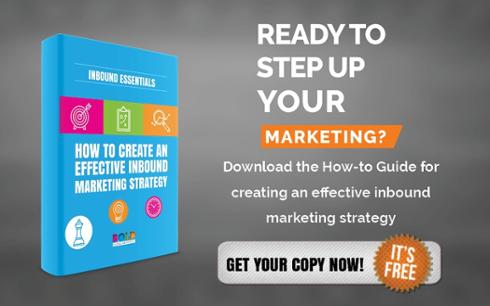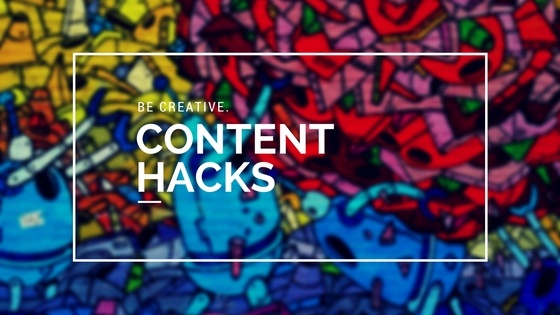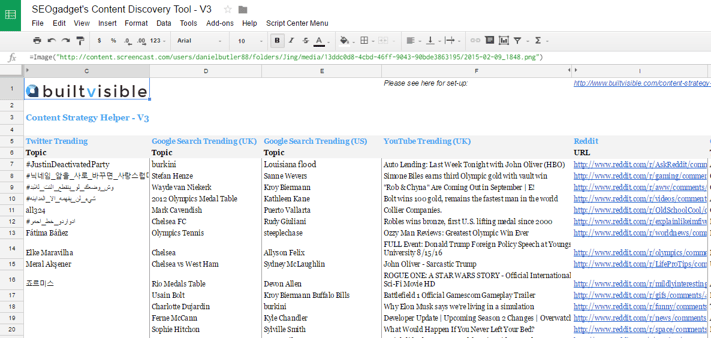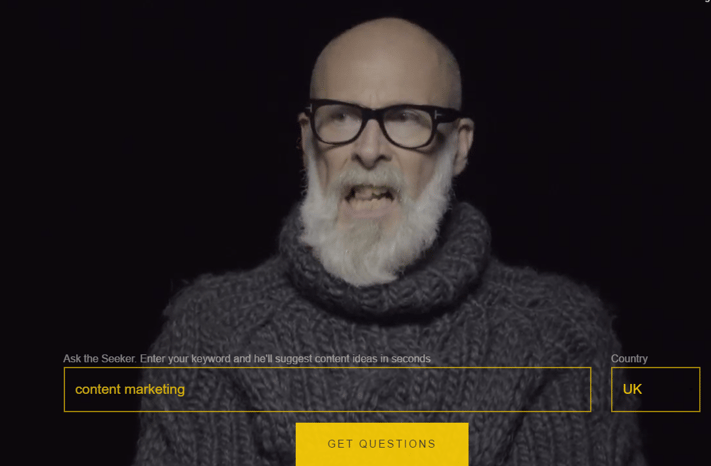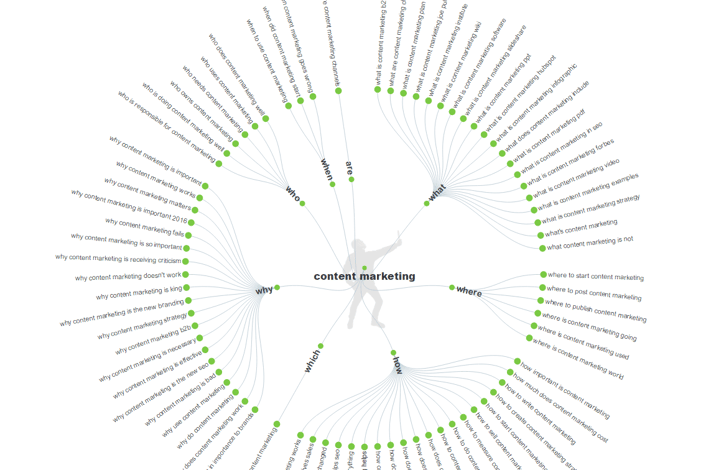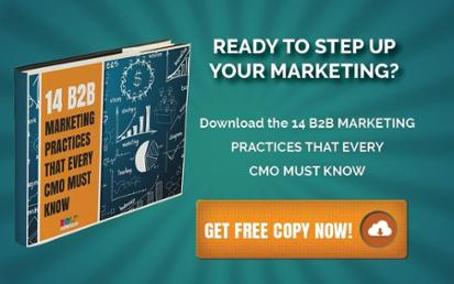John Doe
Architect & Engineer
We love that guy
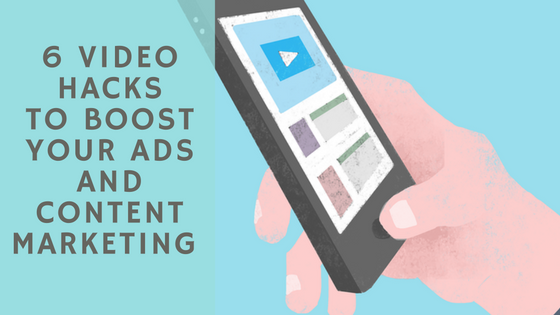
Introduction – Boost Your Ads and Content Marketing
With 87% of online marketers using video content, 59% of executives stating they’d rather watch video than read text, and 36% of online consumers trusting video ads – it’s pretty obvious that using video content within your marketing is a good idea. Contrary to common beliefs, videos don’t have to be million dollar productions. Social media is very much about “behind the scenes” and authenticity. Leveraging your current images or taking mobile videos are great ways to engage your target audience along the buyer’s journey.
The two big video titans (Facebook and YouTube) offer DIY solutions that are sometimes overlooked. In this post, I’ll cover 6 video hacks that can help boost your marketing.
1. Instead of using static photos – create slideshows
Facebook offer a slideshow format for ads which is very much WYSIWYG. I recommend using this feature for showcasing products or enhancing your brand messages.
Facebook offer an option to add music to your ad. You can upload your own files (obviously one ones which own the rights to), or choose from a suggested library.
Mind this – most people watch Facebook videos with no sound, make sure your message comes across visually.
YouTube offer a super easy way to create slideshows which you can later use to convey your brand messages. Simply click on uploading a video and select the “Photo slideshow” option.

2. Easily add subtitles to videos using YouTube
Your authentic videos will most probably be ones you have uploaded from a smartphone or any other available means. As such, their quality won’t be top notch, and as I’ve mentioned – that’s completely fine. However, the sound might not be easy to understand, and as mentioned above, it’s always better to be able to convey a silent message. Fear not! You can easily add subtitles to your videos using YouTube.
Simply go to your video manager –> choose the video you’d like to add subtitles to –> scroll down the “edit” menu and click on “Subtitles & CC” –> Transcribe and auto-sync –> type what’s spoken and click on “set timing” to automatically line up your text with the speech in the video.
Pro tip: Via the YouTube video manager you can download your videos as an MP4 file and then upload them to Facebook or any other social platform.
3. Add annotations to YouTube videos
From the YouTube video manager click on “edit” –> End screen & Annotations”
You’ll be able to add the following annotations to your videos:
- Speech bubble
- Note
- Title
- Spotlight
- Label
By checking the “link” box you’ll be able to add a link to each annotation.
Test out different annotations and leverage this option as a way to add a CTA to your video.
You can edit your annotation at any stage so don’t be afraid to test this.
Pro tip: use trackable urls to see which annotations perform better.
4. Share a video’s specific starting time
Sometimes you may want to share a specific part of a video. An example could be sharing a news clip where your company is featured at a certain time, or part of a lecture you are referring to within your blog post or newsletter. Instead of instructing people that the video is starting from “min 1:49” – send them directly to that video’s starting time.
Simply go to any YouTube video –> click on “share” at the bottom of the video –> check the box “start at:” and input the exact time you’d like to share.
5. Live stream
Live streaming is a great way to connect with your audience and engage with them. Whilst Facebook is leading the live streaming trend, YouTube offer a slightly more complex option which requires encoding software. Here’s how to get started with live streaming on both platforms:
Facebook:
From your mobile device, visit your Facebook page using the Pages app (Google Play, iTunes) –> click on the “live” button.

YouTube:
Upload a video –> click on “Get Started” under the “live streaming” option –> If you haven’t already verified your account you will be prompted to do so –> “Set up encoding software” and follow these instructions.
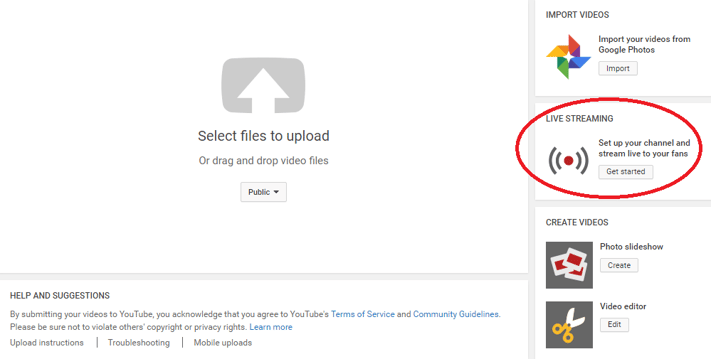
6. Use transcripts to optimize for Search Engine Result Pages (SERPS)
YouTube automatically create a transcript for all videos that have not opted out of that option. In order to help your video show up in Google searches, paste your videos transcript within your videos description (make sure to clean and edit it first).
In order to find your video’s transcript, go to the video –> click on “more” –> “transcript”.
Next, go to the video manager–>edit–> “Info & Settings” –> Description
Pro tip: Save time by using the transcripts feature to upload videos which you’d to save quotes from. You can also use this feature for audio files. Simply send the requested audio to YouTube using tunestotube and take it from there using the video manager.
Final note
Videos are a great way to boost your ads and content marketing. Using certain features can help you do just that. If you’ve got any more tips, please share them in the comments bellow.
If you found this useful, and you’re curious to learn more and find out how to step up your marketing I invite you to download our How-To guide for creating an Inbound Marketing strategy.


